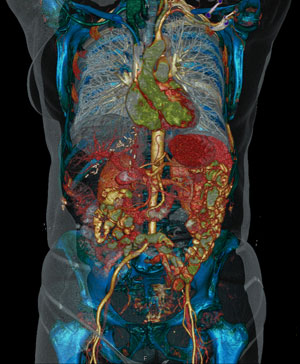Five years after starting the project, I am pleased to say the group's empirical work on domestic, regional and global pharmaceutical law and regulations is complete.
A few well deserved thank you's:
- To all the students who not only did great work consistently under pressure but also pushed me to grow as a person;
- Special thanks to Monika Sawicka and Jamil Sawani, both now in successful private practice, for their excellent work on drug approvals and drug patents, respectively;
- To my writing partners, nationally and internationally, for making the work better and relevant to a wider audience;
- To the few but brave PIs and Collaborators who wrote grants with me. God bless for your patience and perseverance;
- To the CIHR, AHFMR, Munk Centre for International Studies, University of Toronto, and the University of Alberta for funding my research studies first as a Masters (LLM) and Doctoral (SJD) student in law and later as an Associate Professor;
- To all individual Key Decision-Makers in federal and provincial government and courts of justice for sticking their necks out to support grant-related research in their fields when they were not entirely comfortable doing so;
- To my mentors in law, medicine and medical science for providing excellent role models of what it means to be a scholar and a man;
- To other individuals in scholarship and administration who provided just as valuable examples of what paths not to walk in life;
- To the book, law journal, and blog editors who supported our work by selecting, editing and then publishing it;
- To many people who, on reading the work, went out of their way to contact me and enter into discussions of mutual interest;
- To the 26,000+ individuals who viewed and downloaded papers on BePress and SSRN author sites between 2007-2012;
- To the 24,000+ people who viewed content on this blog;
- Top ten nations in rank order are: United States, Canada, Indonesia, Germany, Russia, Ukraine, India, United Kingdom, France, and China; and
- To my wonderful family, without whom none of the work would have been possible.














